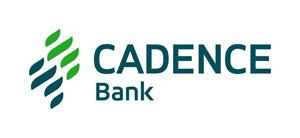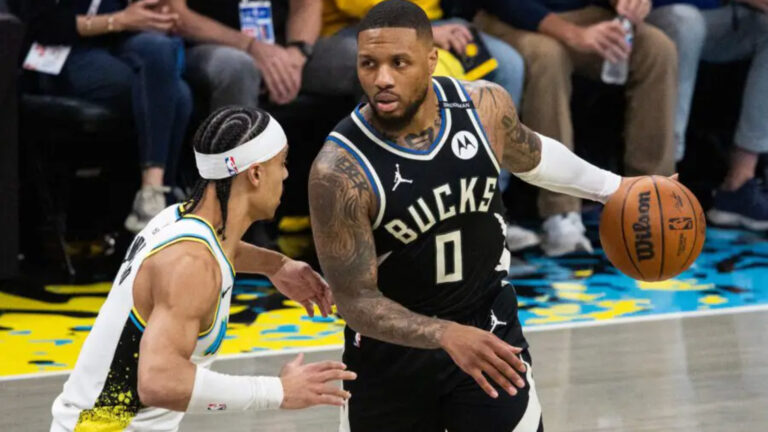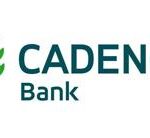If you’re a do-it-yourself investor aiming to construct a portfolio that requires minimal oversight, understanding the foundational steps is crucial. This comprehensive guide outlines the strategies to build a “no babysitter required” portfolio, ensuring your investments are both effective and efficient.
Finding Your Portfolio’s True North
The cornerstone of any successful investment strategy is asset allocation. This decision significantly impacts how your portfolio will perform in the future. While asset allocation may seem daunting, especially as retirement approaches, target-date funds offer a streamlined solution. These funds automatically adjust to a more conservative allocation over time, providing a hands-off approach that can be ideal for many investors.
For those seeking more control, it’s essential to consider your risk capacity and tolerance. While target-date funds provide a solid baseline, tailoring your mix of aggressive and conservative investments can be particularly beneficial, especially if you’re retired and actively withdrawing from your portfolio. Understanding how your asset allocation will evolve is crucial, and high-quality target-date funds can help visualize this glide path.
Streamlining Your Accounts
Reducing the complexity of your portfolio is another step toward achieving a low-maintenance investment strategy. Consolidating multiple accounts, such as rollover IRAs from previous employers or stray 401(k) assets, can simplify management. However, it’s important to recognize the limitations of consolidation due to tax implications. While you can merge multiple IRAs, combining a 401(k) with an IRA is typically only possible if you’ve retired or left your employer.
Additionally, taxable nonretirement assets must remain separate from IRAs and company retirement plans. If you and your spouse hold assets individually, those accounts will also need to remain distinct. Simplifying your account structure where possible can significantly reduce oversight and management time.
Choosing Low-Cost, Diversified Investments
Once your accounts are streamlined, focus on selecting the right building blocks for your portfolio. Broad “total market” index funds and exchange-traded funds (ETFs) are excellent choices for long-term investments. These products offer comprehensive exposure to asset classes, reducing the need for constant management.
The decision between traditional index funds and ETFs depends on your preferences and investment strategy. For cash holdings, prioritize low-cost, diversified, and low-maintenance options like online savings accounts and money market mutual funds. These choices ensure that your portfolio remains robust and resilient over time.
Documenting Your Maintenance Strategy
After establishing your portfolio, a thorough annual review should suffice for most investors. This is especially important for retirees who need to manage cash withdrawals for living expenses and comply with required minimum distributions from tax-deferred accounts starting at age 73.
Creating an investment policy statement can be a valuable tool. It outlines the basic structure of your portfolio, the frequency of reviews, and the methods for monitoring performance. For retirees, a retirement policy statement can help address the complexities of managing withdrawals and ensuring the longevity of your portfolio.
“A well-documented strategy not only guides your investment decisions but also provides a framework for adapting to changes in your financial situation,” says financial advisor Jane Doe.
This article was provided to The Associated Press by Morningstar. For more personal finance content, visit Morningstar.


















